The 2024 total solar eclipse is coming. Anyone interested will be in North America. We cannot forget about the people, who live or will temporarily stay in Western Europe on the day when the event occurs. Therefore I decided to prepare the text, which presents the guideline for this specific kind of observation. The guideline is aimed at showing the visual difference between the non-eclipsed twilight and the twilight affected by a solar eclipse. The twilight standstill phenomenon can be partially detected by the presented method, although the best way for it is by carrying out the detailed light level measurement, which won’t be discussed here.
I am going to show you how to attend to an observation such as this and how to prepare for it from the photographic point of view.
First of all, the image below is worth looking at, because it shows briefly the visual guideline for the observation such as this (Pic. 1).

This is the set of single images, in which order can be read both from the beginning as well as from the end. It depends on the time when the event occurs. It can be at dawn or dusk. The following represents the situation, in which the greatest eclipse event occurs around mid-nautical twilight. If this is so, the solar eclipse event might start or end before sunset or just after sunrise at higher latitudes, However, its impact won’t be visible around the extreme contacts. Hence the top images don’t show the Sun visible. The frame of observation can preferably coincide with the sunrise/sunset in this case. On the opposite side is the same situation, but watched in reverse sequence. When the limit of the penumbra coincides with the terminator line, the opposite side falls within the astronomical twilight unless the high latitudes are considered. The situation here is exactly the same. The obscuration of the solar disk is too small to be noticed by an observer in comparison to the non-eclipsed conditions.
Let’s look at other instances, which refer to the moment of bigger obscuration of the solar disk. The significant eclipse magnitude makes a noticeable difference between the eclipse-affected and normal twilight. Finally, the greatest eclipse is observed regardless of its obscuration. If the maximum doesn’t reach totality, it marks the biggest contrast against normal twilight with respect to both the celestial sphere and the scene. Because of the eclipse-induced disturbance, we can notice two moments with exactly the same level of brightness over the whole twilight period.
The “normal” twilight should be captured preferably the day before or a day after the eclipse event. By typing a “day” I mean exactly 24 hours prior to or after the eclipse occurrence. It’s driven i.e. by the changes of the day length. At higher latitudes, these changes might be as fast as 3 minutes daily near the equinoxes. Capturing the images exactly at the same hour, but several days earlier or later might provide not a reliable comparison.
The last element included in the graph states about the photography settings. Basically, the table with examples of settings adequate for the specific solar depression has been placed below (Tab. 1) and includes both the solar and antisolar directions.
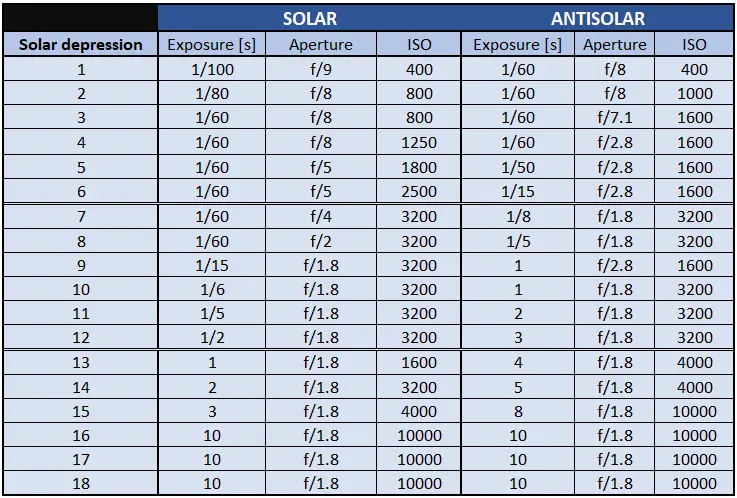
All these settings can be treated as an example. They gave me a good view of the twilight sky and scene, as you can see in a few examples below. I used an 18mm focal length.
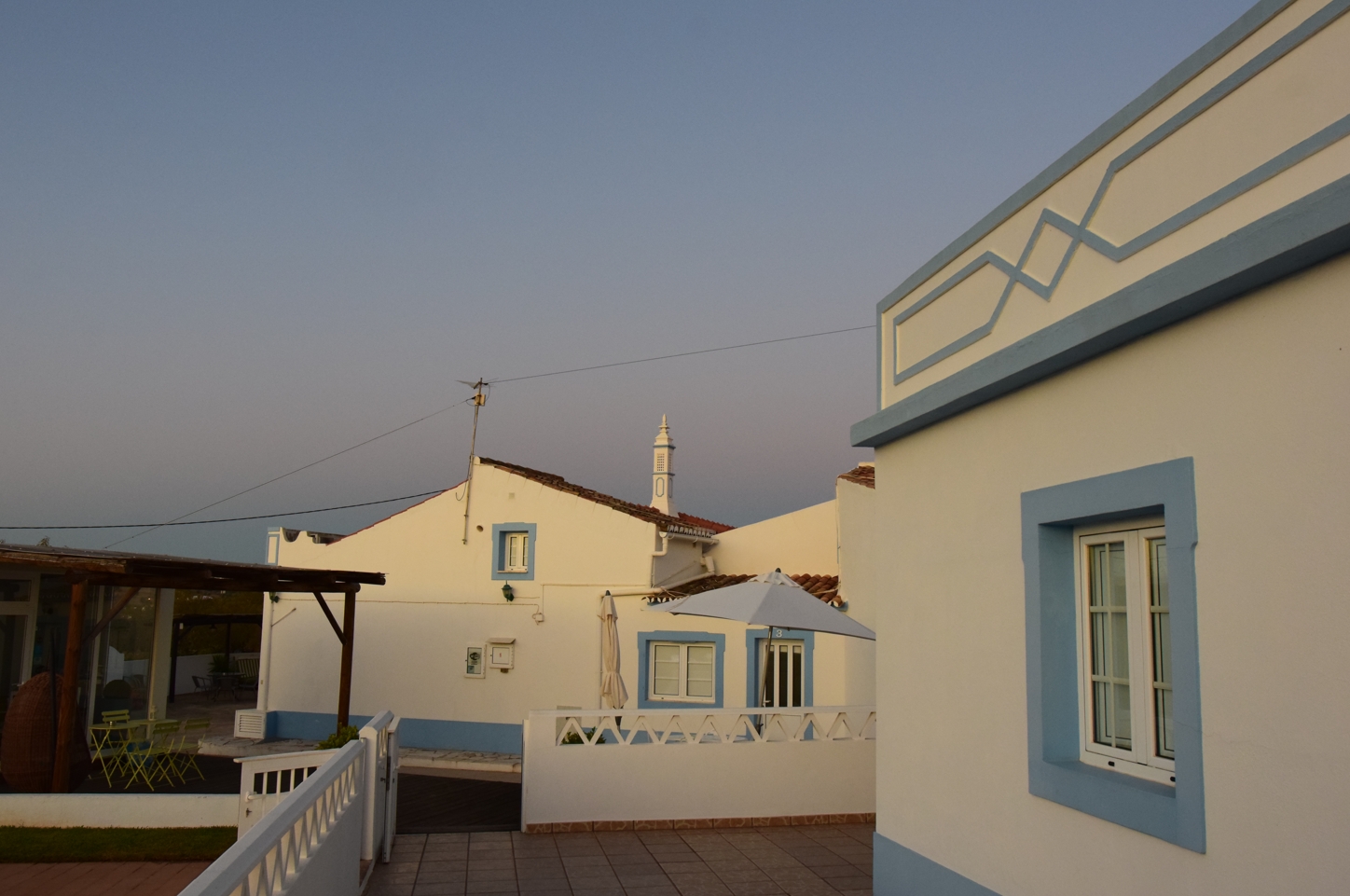
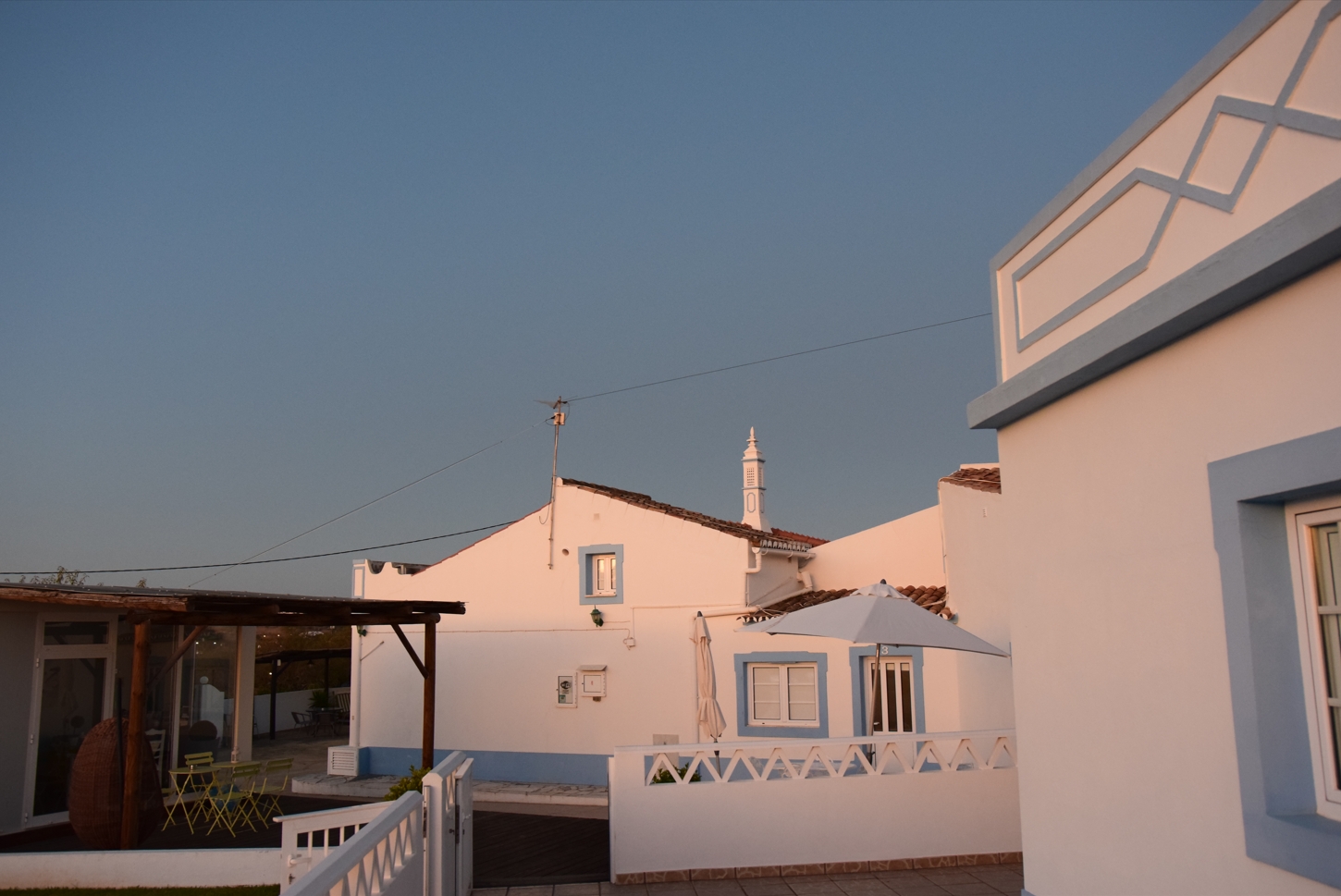
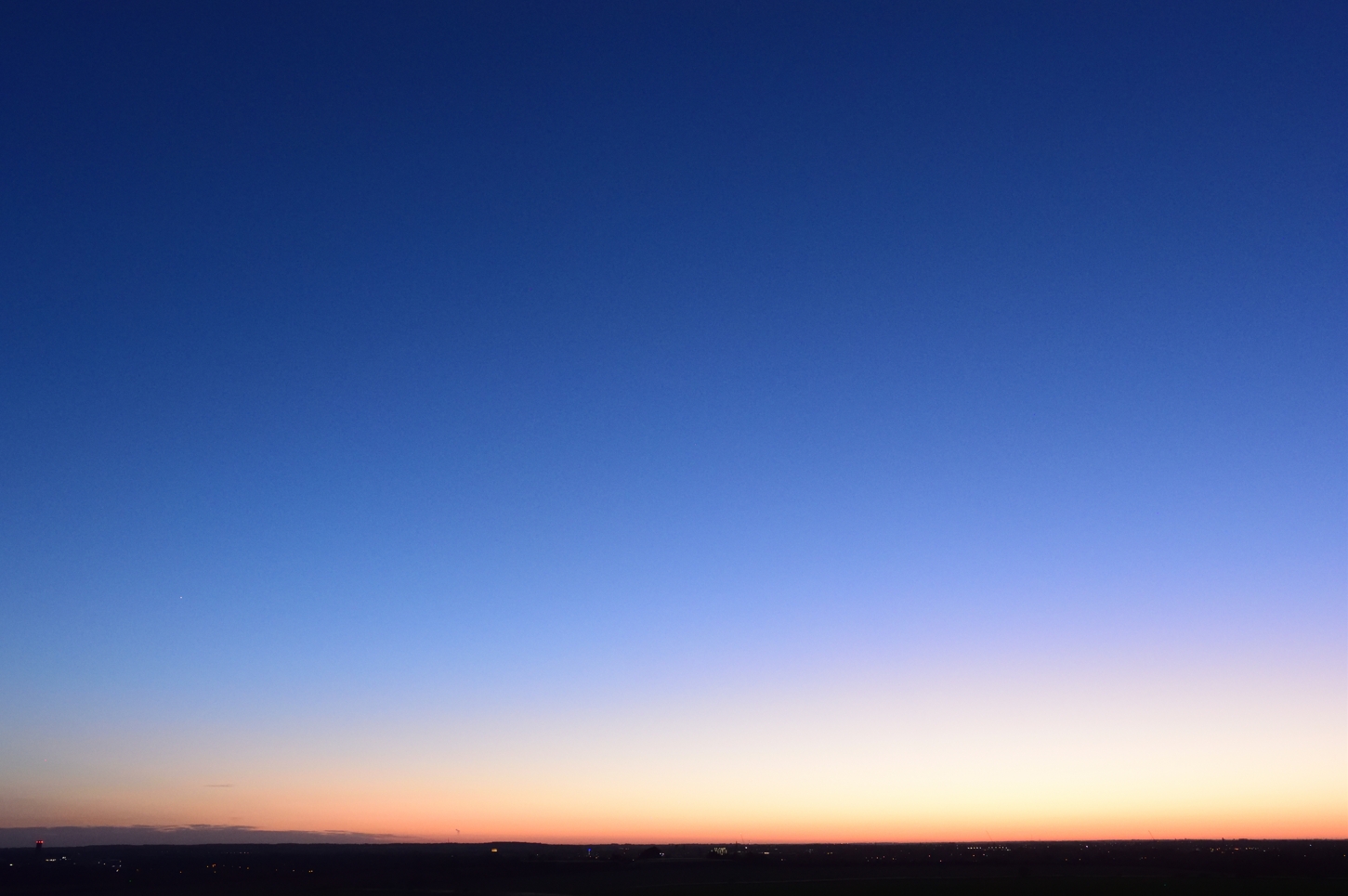

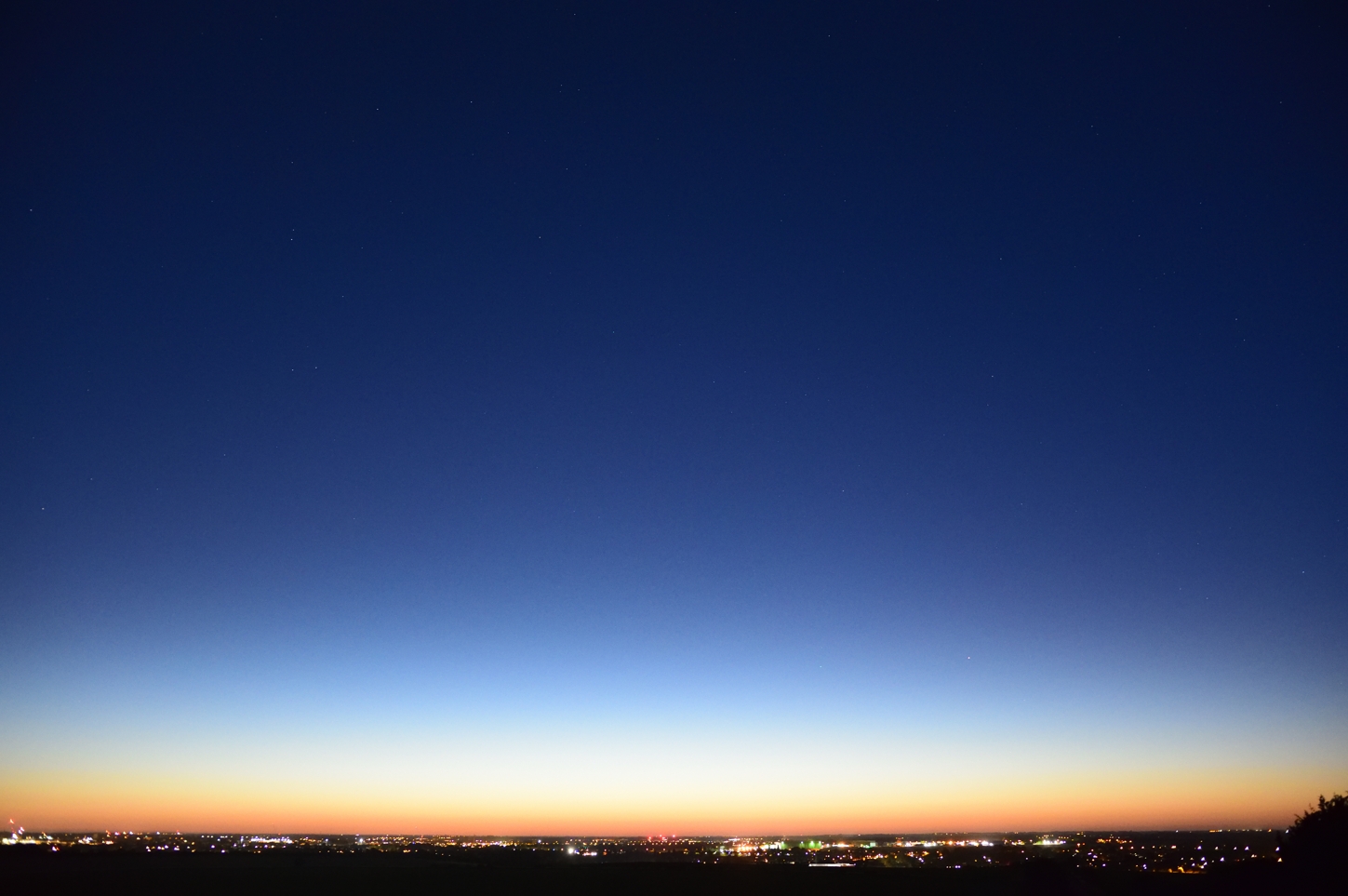
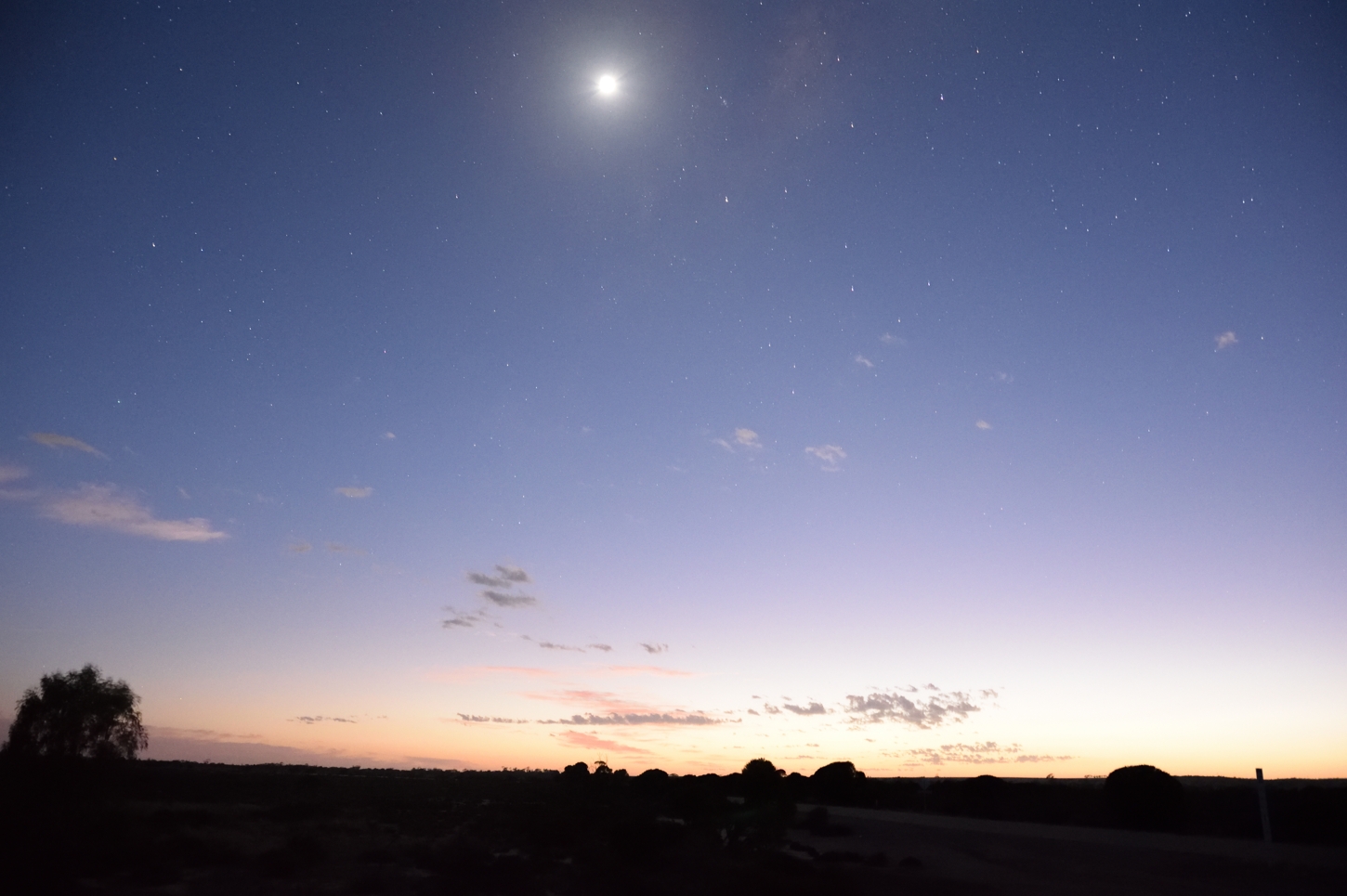

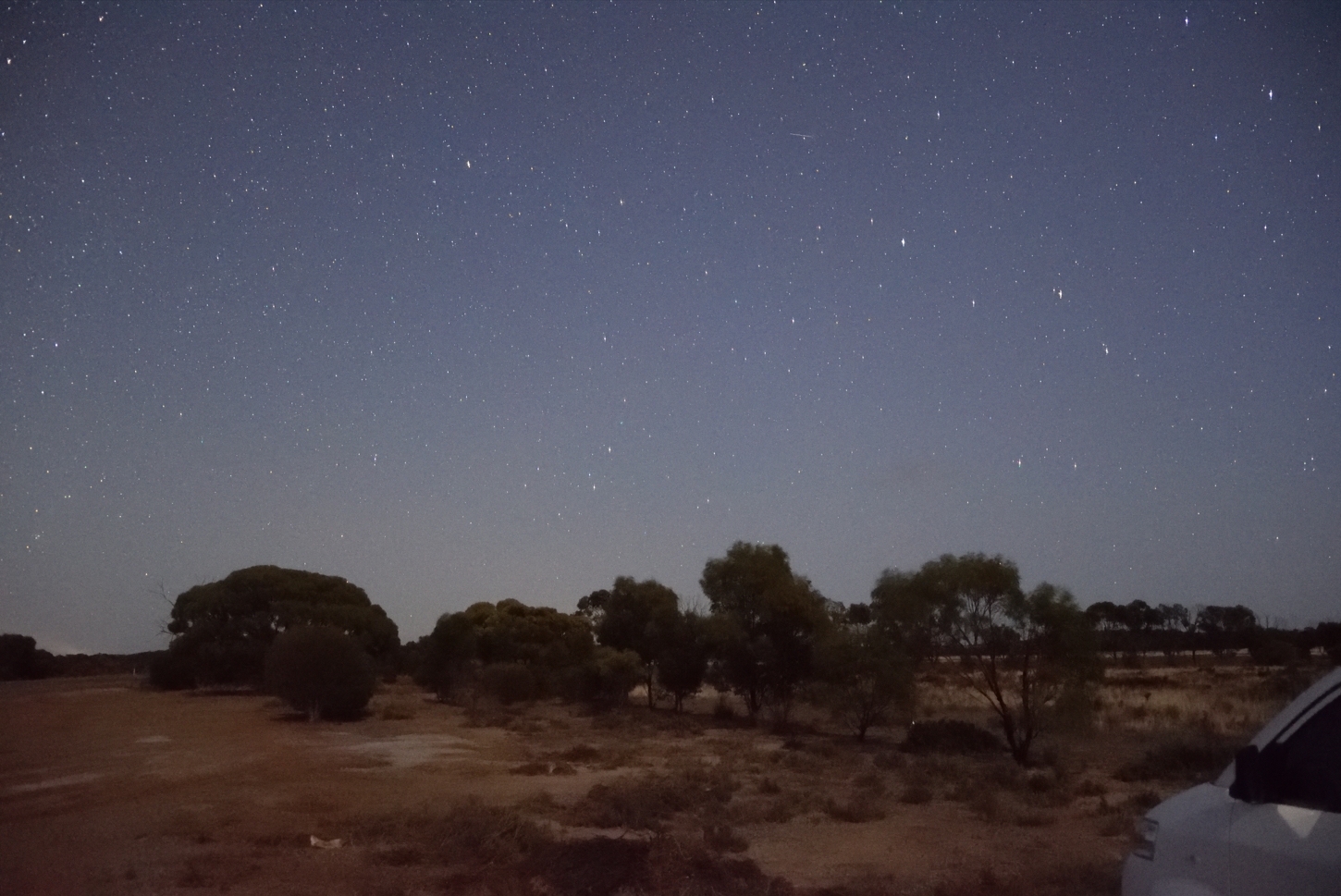
All the images above prove, that the observation of eclipse-affected twilight can be fairly doable even within the astronomical twilight zone.
So far only the penumbral zone has been considered. What about the rough extension of the umbra?
In the most recent times, the Stellarium creators finally took care of the true view of the sky. For now, it’s just a digression, as I am going to describe it in a separate text in the future. This fantastic mode covers the presence of the umbra in the atmosphere when the totality isn’t visible to the observer anymore. The results of visualization are very promising and I believe they resemble well the real appearance of this celestial event (Pic. 10).

The image above represents the fictional observation of the extension of the 2024 totality path possible to see from northern Spain. In Gijon, from where this view has been rendered, the obscuration will reach 97% at a distance of about 130km to the southern limit of the extended umbra. Because direct sunlight doesn’t play a role anymore, the light scatters in the atmosphere only a little, making the Moon’s shadow visible from a much longer distance, it could be possible in the daylight. In fact, there are reports of umbra visibility from a distance of up to 250km during the solar eclipse, but its appearance isn’t as distinct as visualized in the image above. The visibility of the umbra passing through the atmosphere is undeniably the primary goal of the eclipse-affected twilight observation.
Mariusz Krukar
Youtube:

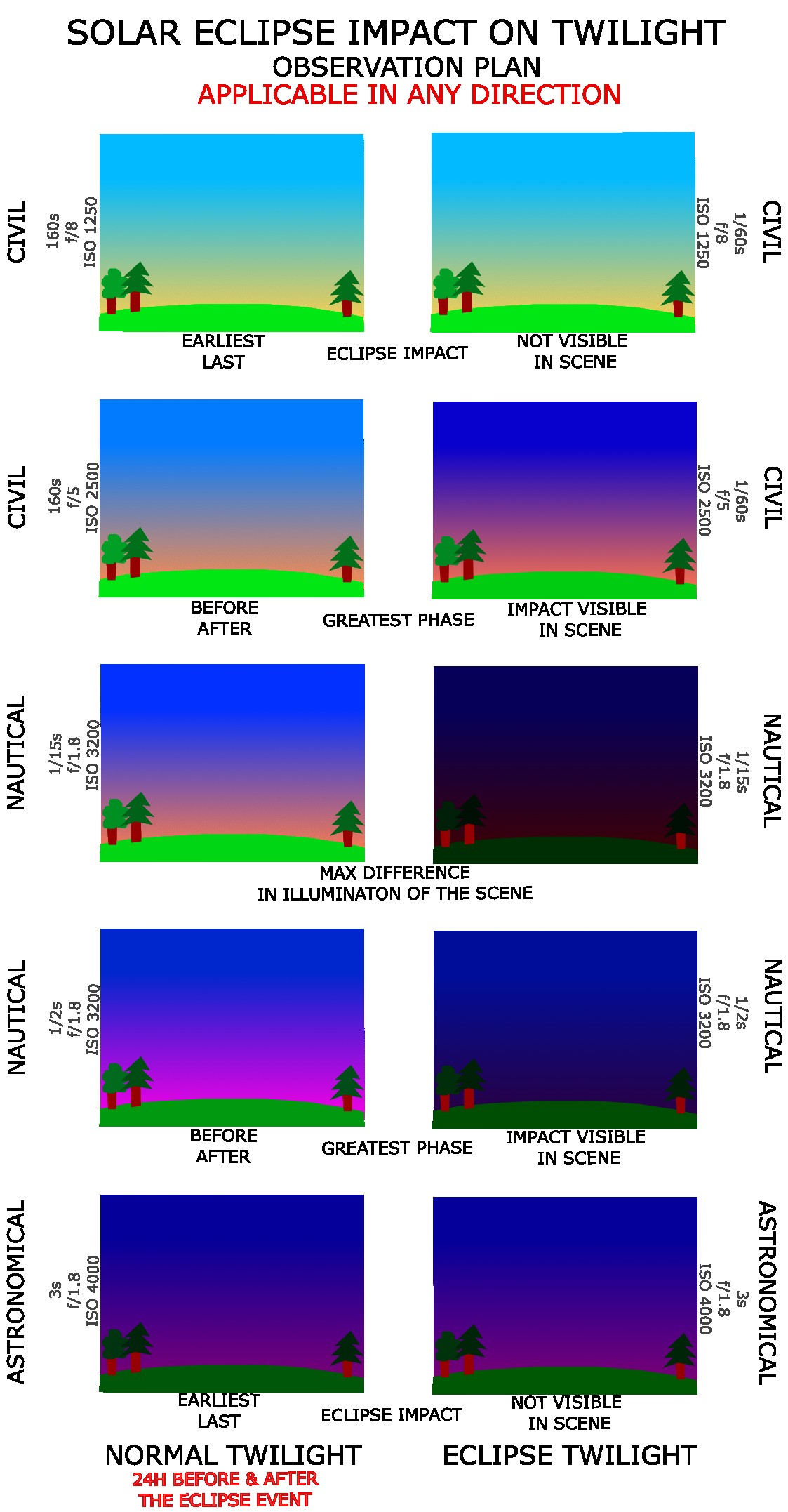
Your article helped me a lot, is there any more related content? Thanks!
I am the only one, who deal with it. You have to wait for further updates. Thank you!